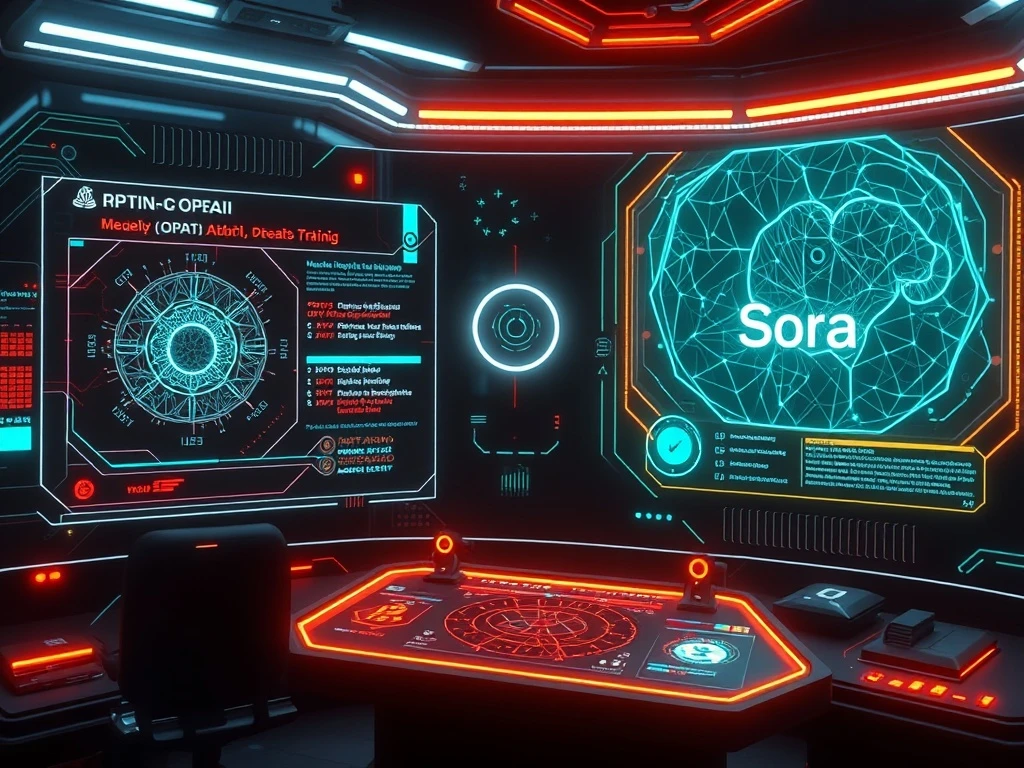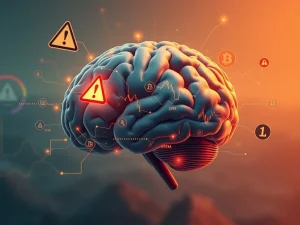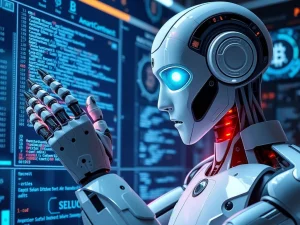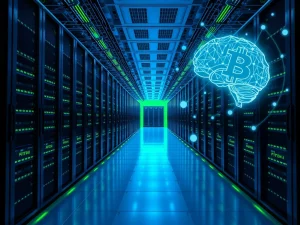OpenAI Unleashes Revolutionary AI Capabilities with GPT-4o and Sora

OpenAI is transforming the AI landscape with the launch of GPT-4o and Sora, pushing the boundaries of what artificial intelligence can achieve. These advancements are not just technical milestones but game-changers for productivity, business operations, and digital economies worldwide.
How OpenAI’s GPT-4o is Redefining AI Capabilities
OpenAI’s GPT-4o represents a significant leap in AI capabilities, offering improved multimodal functionalities. Key features include:
- Advanced voice and image generation
- Enhanced accuracy and speed for over 2.5 billion daily prompts
- Specialized tools like GPT-4.1 for coding
- Automation agents for complex tasks
Sora: OpenAI’s Breakthrough in Text-to-Video AI
The introduction of Sora marks OpenAI’s ambitious push into next-generation AI capabilities. This text-to-video model opens new possibilities for content creation, education, and enterprise applications.
OpenAI’s Strategic Partnerships and Global Expansion
OpenAI is expanding its influence through key collaborations:
| Partner | Initiative |
|---|---|
| Apple | Apple Intelligence integration |
| AI chip utilization | |
| Reliance Industries | Emerging market expansion |
Challenges and Ethical Considerations in OpenAI’s Growth
While OpenAI’s advancements are impressive, they come with significant challenges:
- Privacy concerns regarding data retention
- Potential for defamatory “hallucinations” in responses
- Copyright lawsuits over training data
- Ethical issues in content generation
The Future of OpenAI: What’s Next After GPT-4o and Sora?
OpenAI’s roadmap includes exciting developments:
- Development of GPT-5 as a “unified” next-generation model
- AI-powered web browsers
- Watermarking for AI-generated content
- Project Stargate global data center initiative
OpenAI continues to lead the AI revolution with GPT-4o and Sora, demonstrating both the immense potential and complex challenges of artificial intelligence. As these technologies evolve, they will undoubtedly shape how we interact with digital systems and each other in the coming years.
Frequently Asked Questions
What makes GPT-4o different from previous OpenAI models?
GPT-4o offers enhanced multimodal capabilities, including improved voice and image generation, along with specialized tools for coding and task automation.
How does Sora work as a text-to-video model?
Sora uses advanced AI algorithms to generate video content from text descriptions, opening new possibilities for content creation and visual storytelling.
What are the main concerns about OpenAI’s rapid development?
Key concerns include privacy issues, potential for inaccurate or harmful content generation, and ethical questions about AI’s impact on human skills and employment.
How is OpenAI addressing data privacy concerns?
OpenAI has implemented a data residency program in Asia and is working on compliance with local data sovereignty requirements worldwide.
What industries will benefit most from GPT-4o and Sora?
Education, content creation, software development, and business automation are among the sectors that will see significant benefits from these AI advancements.









